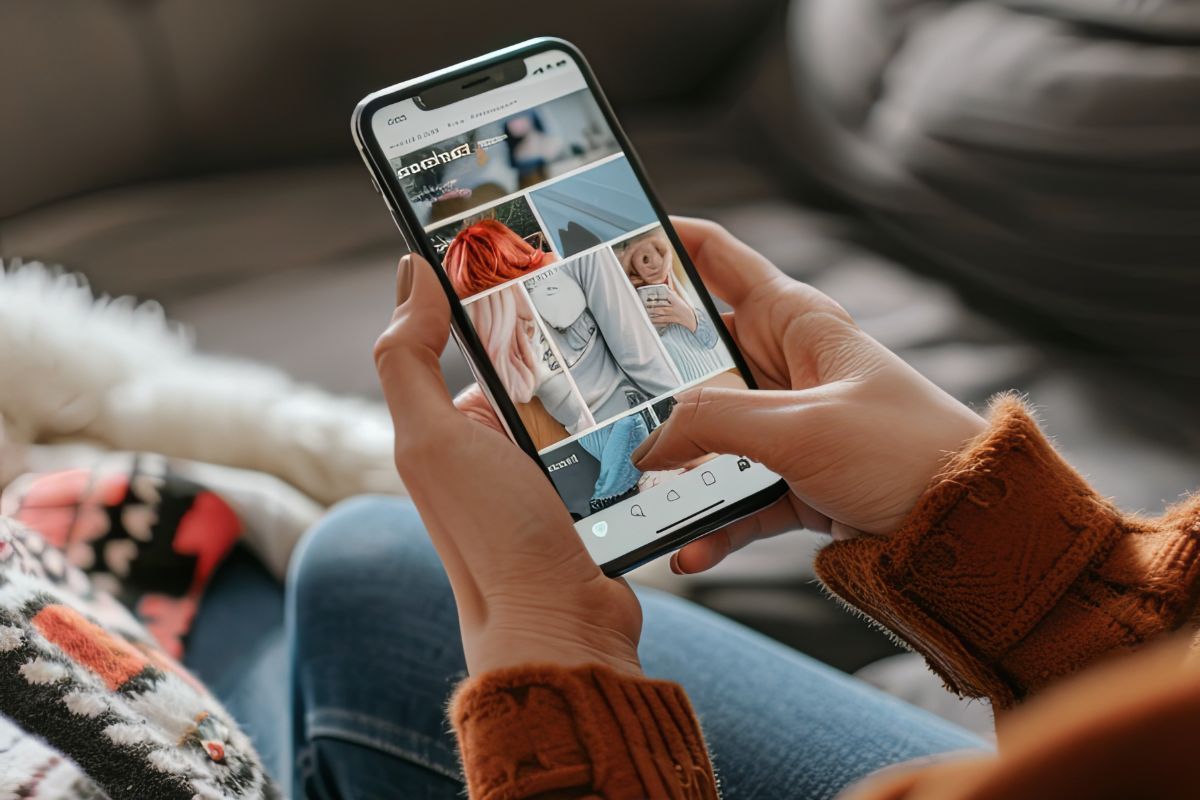With mobile gluing together the whole cross-channel play for all retailers, Paul Skeldon asks what techniques and strategies retailers can implement today around mobile to offer the kind of experience shoppers demand
1. Mobile first (and last and always)
Firstly, retailers need to think ‘mobile first’, placing mobile at the centre of all they do – both online and in-store – and work outwards from there. However, mobile is increasingly not a separate channel, nor just the glue that holds it all together, but an integral part of the whole shopping process. Today’s shoppers have created winding and often convoluted paths to purchase, hoping across channels and devices and buying in the location, be that physical or digital or both, that suits them at that moment. So the first port of call with a cross -channel retail strategy is to look at where mobile and the web fit in at all and each stage of a range of purchase journeys.
2. Web, app – and beyond
While the first technique, above, is a strategic rethink of mobile’s role in cross-channel retailing, tactically retailers need to look at how to put mobile in that pivotal role within cross-channel retailing. This means looking at how to leverage mobile through a mobile-optimised web presence, an app or apps, and even more radical approaches such as Progressive Web Apps (PWAs). In an ideal world, retailers need to look at all options on the table to make sure consumers get the experience of their choosing. In reality, PWAs may well be the technology that can help give the experience of mobile-optimised web and the richness of apps with only a single investment. At least to start with. An app is all-but essential these days whatever strategy you have for the web. According to Criteo, retailers with a shopping app see half of online transactions taking place on a mobile, with more than half (54%) of these taking place on their app, rather than on mobile web.
3. Listen to the voice
Many may think that voice commerce is limited to devices such as Amazon Echo and Google Home, but the impact of voice interaction of the web stretches way beyond these quasi-mobile devices, seeing it become a new way to access the web via mobile. So called ‘browserless commerce’, is on the rise. According to Capgemini’s Digital Transformation Institute, around a quarter (24%) of shoppers would rather use a voice assistant than a website. However, in the next three years, this figure will rise to 40%. Close to a third — 31% to be precise – said they will prefer a voice assistant interaction to visiting a shop or a bank branch, compared to 20% today.
4. Be social
Social media is increasingly a mobile pursuit – especially for millennials and GenZ-ers – and, as a result, social has become an increasingly important channel for retailers: both for marketing and for sales. According to Royal Mail, 22% of UK consumers has purchased an item after seeing something on social media. Younger shoppers (48%), women (29%) and those living in urban areas (38%) are significantly more likely to have purchased items after seeing posts on social media. Monsoon has also seen dwell times up by 29% since adding social shopping to its site. While they drive relatively small amounts of traffic, Pinterest and Instagram deliver the highest average order values from mobile devices for large online fashion retailers – bigger than Facebook, according to a study by Nostro. Overall the mobile order values delivered via paid social sources – such as ads – are higher than those that come via unpaid activity. No wonder that Instagram has made post shoppable from the site, with M&S being one of the first mainstream retailers to leverage the option. SnapChat hasn’t been snoozing either, partnering with Amazon to allow goods in Snaps to be searched and purchased on the marketplace.
This is an extract from a longer piece that first appeared in the IRUK Top500 Mobile & Cross-channel Performance Dimension Report 2019. Click here to explore InternetRetailing research, including the Top500 series of reports.
Image: Fotolia








